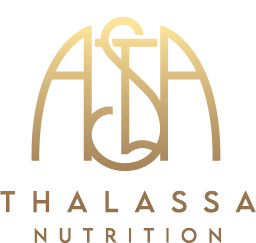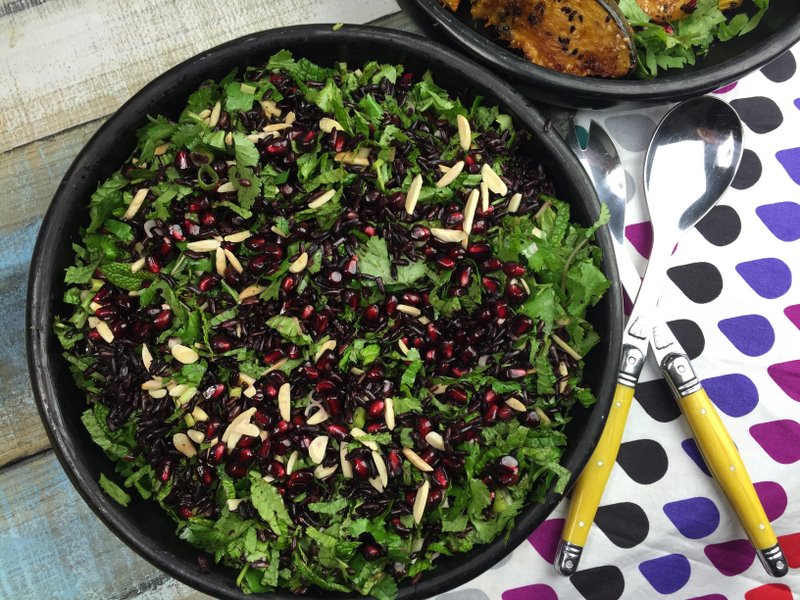We all need some cholesterol in our bodies to keep them working normally but too much can clog up our arteries and lead to serious health problems. By making some simple, positive changes, most people can keep their cholesterol levels healthy.
What is cholesterol?
Cholesterol is a blood lipid – a waxy, fatty substance that circulates in your blood. It is made in the liver but is also found in animal-based foods – but never in plant-based foods. It plays an important role in the body – helping to build cells, make vitamin D and a range of hormones. You need some cholesterol in your blood to stay healthy but too much can lead to diseases of the heart and blood vessels.
Good and bad cholesterol
 Cholesterol travels through your blood on proteins called lipoproteins and there are two types; LDL ‘bad’ cholesterol and HDL ‘good’ cholesterol. LDL carries cholesterol to cells that need it but if there is too much it can build up and form plaques in your artery walls. HDL carries cholesterol away from the cells and back to the liver where it’s broken down and passed out of the body as waste.
Cholesterol travels through your blood on proteins called lipoproteins and there are two types; LDL ‘bad’ cholesterol and HDL ‘good’ cholesterol. LDL carries cholesterol to cells that need it but if there is too much it can build up and form plaques in your artery walls. HDL carries cholesterol away from the cells and back to the liver where it’s broken down and passed out of the body as waste.
Too much cholesterol can lead to fatty deposits forming plaques on the inside walls of your arteries; the term for this artery narrowing is atherosclerosis and when normal blood flow is blocked, it can lead to heart attacks and stroke.
The standard unit used for measuring cholesterol is millimoles per litre and the lower your LDL number, the better it is for your health – the government recommends levels of 3mmol/L or less for healthy adults. For HDL an ideal level is above 1mmol/L.
The total cholesterol number your doctor will give you is a collective measure of LDL, HDL and other lipids. Official guidelines say that levels should be 5mmol/L or less for healthy adults but rates in the UK are among the highest in the world, with three out of five adults having a level of 5mmol/L or above.
What causes high cholesterol?
A number of different factors can cause high cholesterol, such as genetics (inherited from your parents), age, gender, family background – men and people from South Asian backgrounds, for example, are more likely to have high cholesterol.
Lifestyle factors that can affect cholesterol levels include eating too much saturated fat; the unhealthy type found in meat, eggs, dairy, pies, pastries, processed foods, fatty spreads, coconut oil and palm fat. Smoking, drinking alcohol and not being physically active can also increase cholesterol. Being overweight and particularly carrying excess weight around your middle, an underactive thyroid, type 2 diabetes, liver disease, kidney disease and certain medications can also increase the risk. You can’t change your age, gender or family background, but you can change what you eat and the amount you exercise.
Anyone can have high cholesterol – even if you’re young, slim, eat well and exercise – because although it can be caused by lifestyle factors, it may also be inherited so many people with high cholesterol don’t realise they have it. The best way to find out is to get a test from a health care professional. If you have high cholesterol, there are treatments available such as statins but it is usually possible to lower it naturally with healthy lifestyle changes.
Cholesterol in food
It used to be thought that foods containing high levels of cholesterol, such as eggs and organ meats, were the main villain in driving up cholesterol levels. However, we now know that cholesterol is produced in the body, by the liver and production is increased by saturated fat and trans fat in the diet. There is no mechanism to limit the amount produced, so if you eat a lot of fatty foods, cholesterol can rise to unhealthy levels.
Cholesterol is found only in animal-based foods – meat, fish, poultry, dairy products and eggs. There is no cholesterol in plant-based foods – even in high-fat plant foods such as avocados, nuts and seeds. So, it follows that a vegan diet is completely cholesterol-free. Although cholesterol in foods is not as bad as previously thought, people at risk of heart disease should limit or avoid it.
Trans fats are found at low levels in meat and dairy products and at higher levels in processed foods containing hydrogenated vegetable oil, such as biscuits, cakes, pastries and spreads. They also raise cholesterol levels but many producers have now removed hydrogenated (hardened) vegetable oil from their products.
Not all fats are created equal
Government guidelines recommend reducing saturated fat by avoiding or cutting down on fatty foods. In fact, replacing saturated fat from meat and dairy foods with polyunsaturated fat in nuts, seeds, plant-based oils and spreads is more effective in lowering cholesterol than reducing the total amount of fat you eat.
You don’t need to buy expensive foods as you can lower and maintain healthy cholesterol levels by eating a varied, wholegrain, vegan diet. The 2013 EPIC-Oxford study found that British vegetarians and vegans have a whopping 32 per cent lower risk of heart disease than meat and/or fish-eaters and said that the lower risk was probably a result of differences in cholesterol and blood pressure levels as animal-based foods increase both (as well as diabetes, obesity and certain cancers).
All major health organisations agree that saturated fat is a risk factor for heart disease. The message is very simple – to lower your cholesterol and reduce your risk of heart disease, go vegan and don’t forget to exercise regularly, too!
Foods that help lower cholesterol
- Oats – a small 50 gram-sized serving provides nearly five grams of fibre and you can boost this by adding dried fruit, nuts, a banana or berries and soya milk.
- Wholegrain foods – brown rice, wholemeal bread and wholewheat pasta can help lower cholesterol, mainly because of the fibre they contain. The average UK adult fibre intake is 19 grams per day, well below the recommended 30 grams. Swap refined white bread, rice and pasta for healthier wholegrain varieties.
- Pulses – peas, beans and lentils are especially rich in fibre and take a while for the body to digest, which means you feel full for longer and this helps if you want to lose weight. There are many to choose from: kidney beans, chickpeas, red, brown and green lentils – the possibilities are endless!
- Fruit and vegetables – make sure you get at least five a day – more is better! All fruits and vegetables are low in saturated fat and provide valuable cholesterol-lowering fibre.
- Nuts – many studies show that nuts are good for your heart. A small handful of Brazil nuts, cashews, walnuts or pistachios can help reduce abdominal fat, cholesterol, blood pressure and blood sugar as well as improving the balance of fats in the blood. Aim for around 28 grams a day, which is around a handful.
- Soya – 25 grams a day of soya foods can help lower cholesterol. You can get that from 100g of tofu, a 200ml glass of soya milk and a small pot of soya yoghurt. Soya also contains fibre, unsaturated fats and a range of vitamins and minerals so replacing meat and dairy products with tofu, soya milk and soya-based meat alternatives is a great way to lower your cholesterol.
Author: Justine ButlerOctober 6, 2020

 no
no